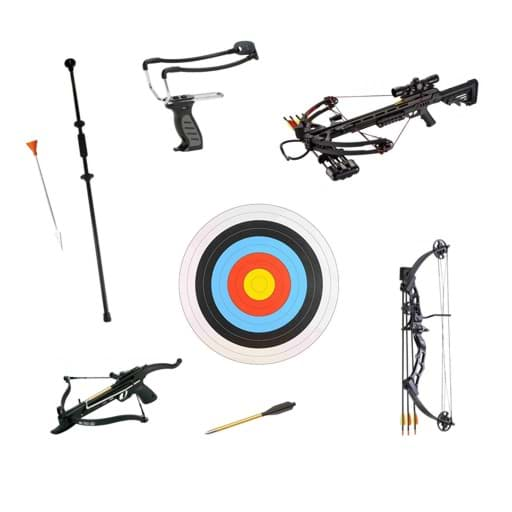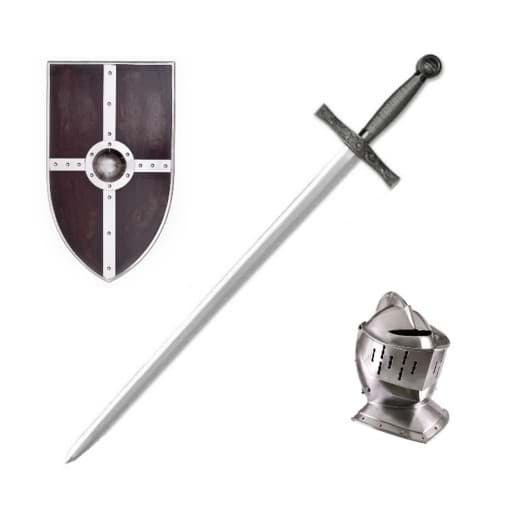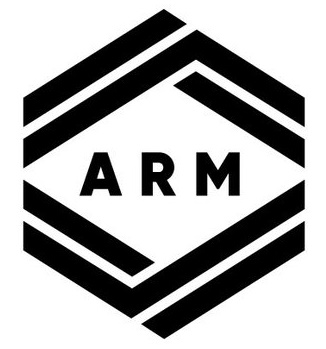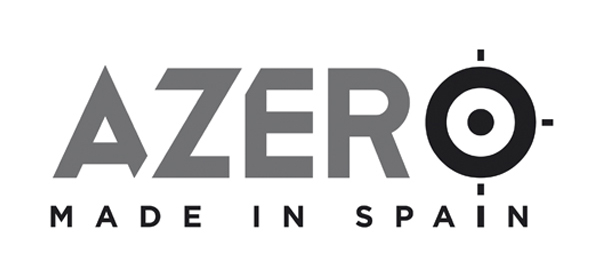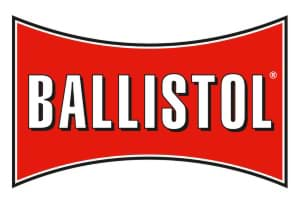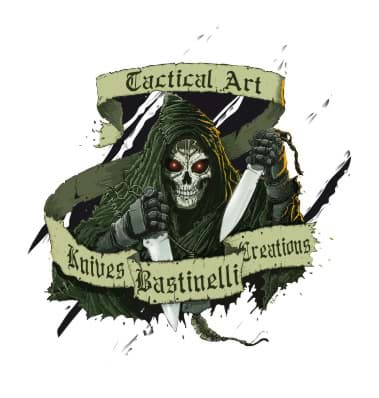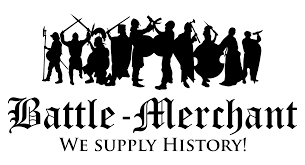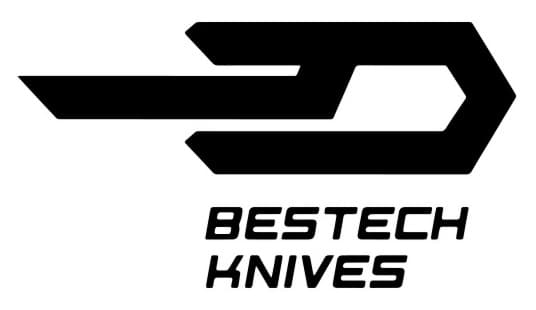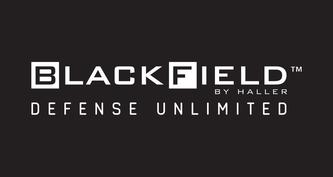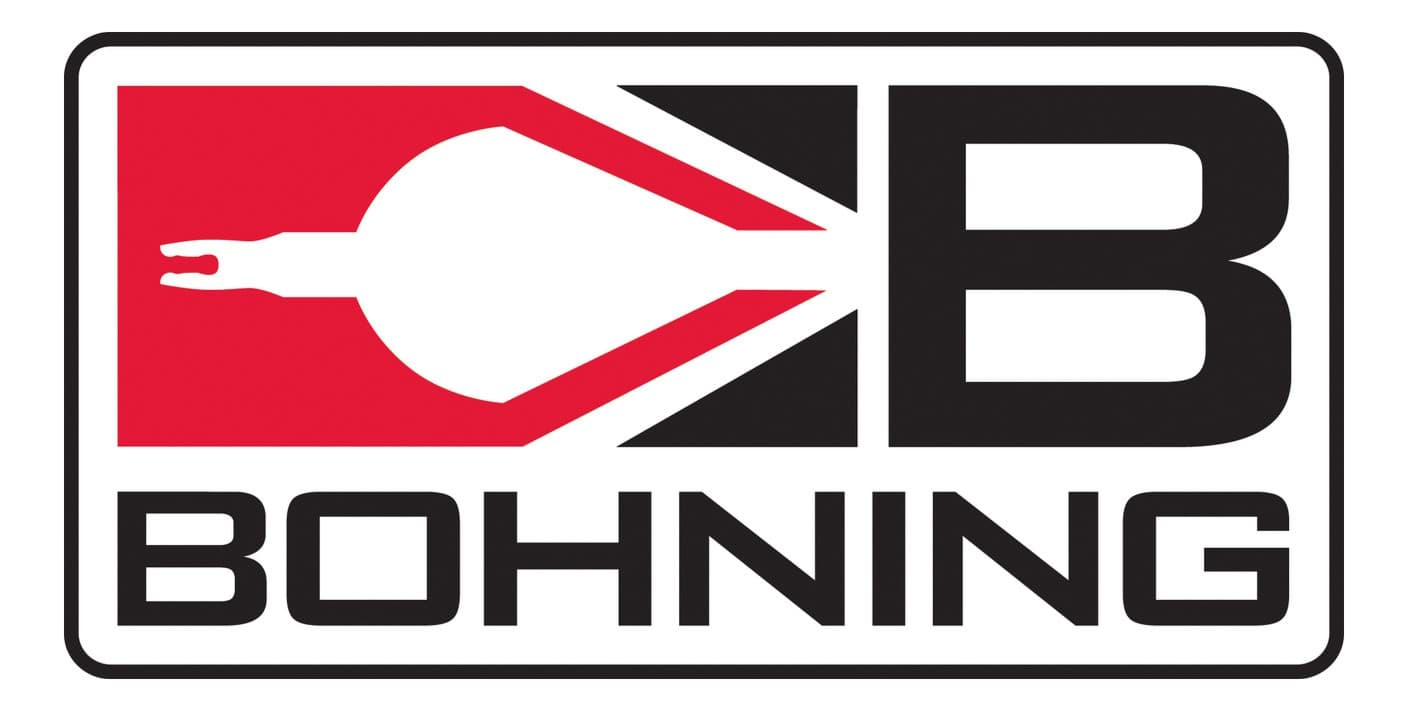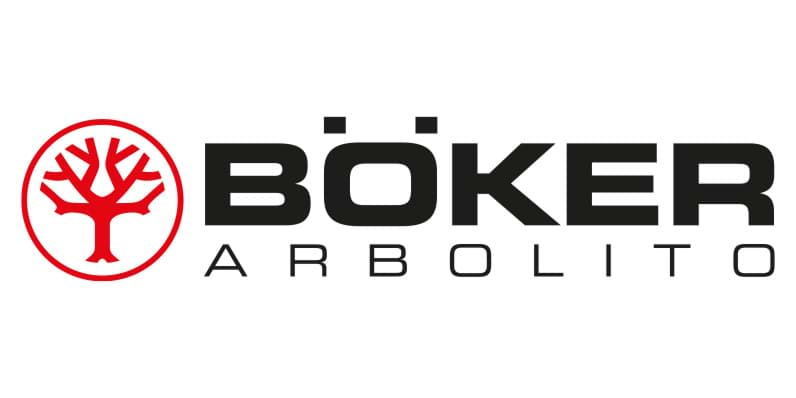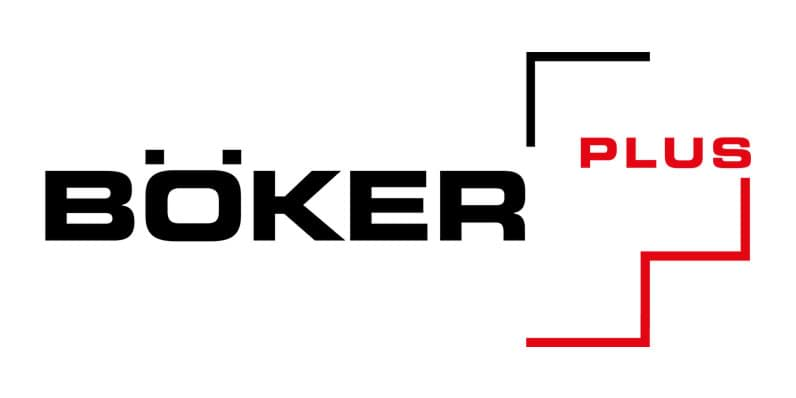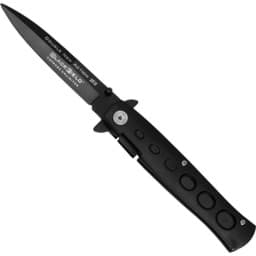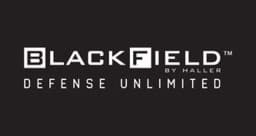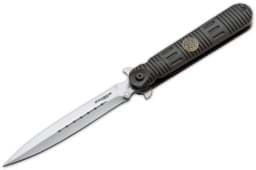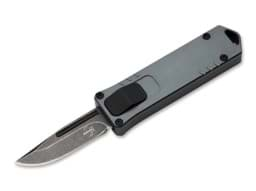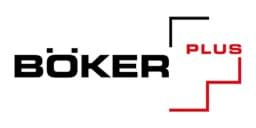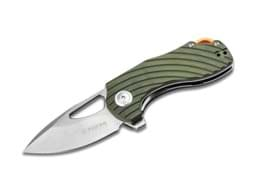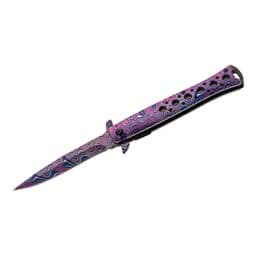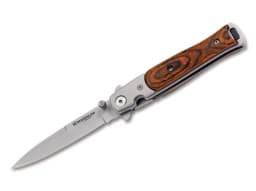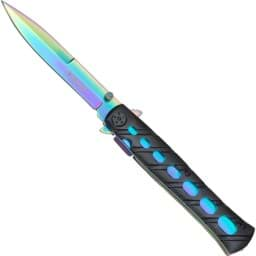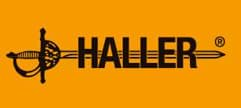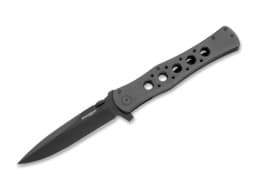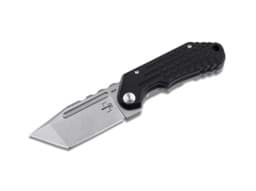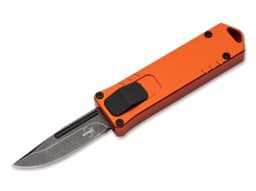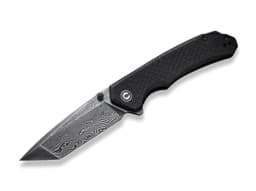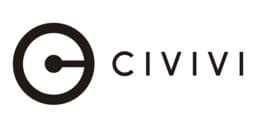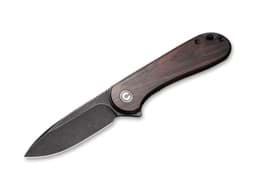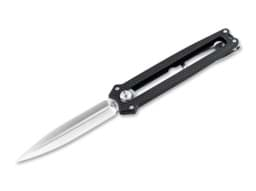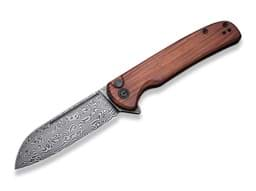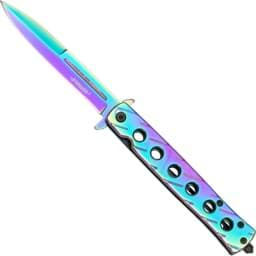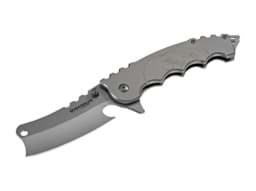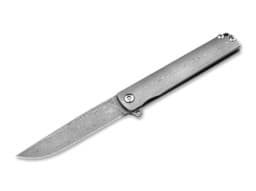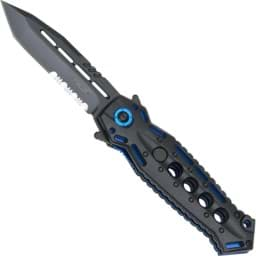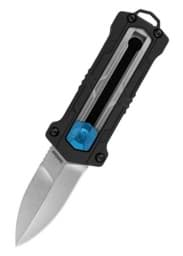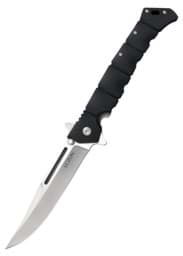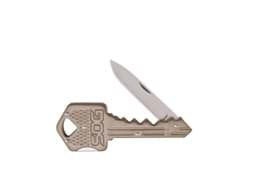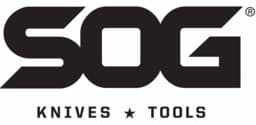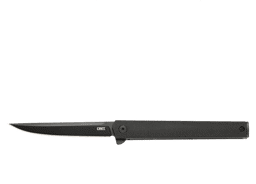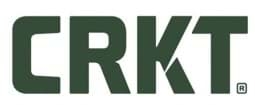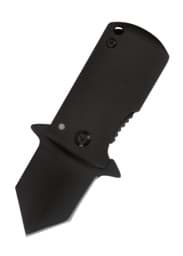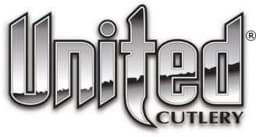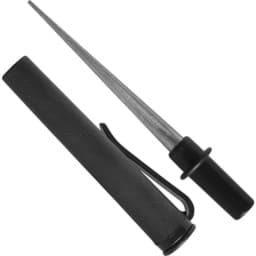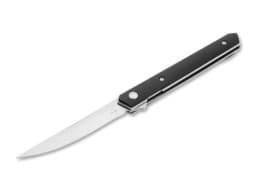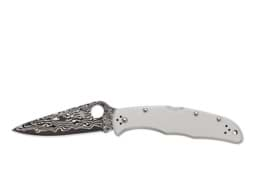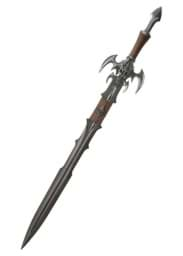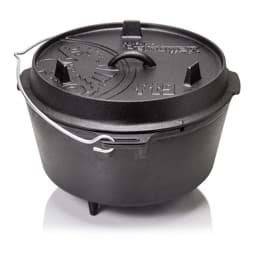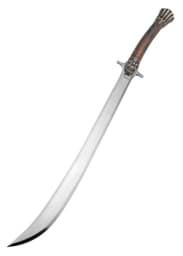Pocket Knives
1-24 of 2,443
Black Field - Double New Action DNA02
Schwarzes Feld Doppel Neue Aktion DNA02 ► Pocket Knives ✓ 9.5 cm long blade ✓ 440 Steel ✓ Handle made of light metal ✓ Thumbtack ✓ Pinball ✓ Liner Lock ✓ Buy...
* Prices incl. VAT, plus shipping
Böker Magnum - SWAT Transformer
Böker Magnum SWAT Transformer ► Innovative pocket knife ✓ 12.5 cm long blade ✓ 440A Steel ✓ Aluminum handle ✓ Pinball ✓ Liner Lock ✓
* Prices incl. VAT, plus shipping
Böker Plus - USB OTF Gray & Green
Böker Plus USB OTF Gray & Green ► Pocket Knives ✓ 4,5 cm long blade ✓ D2 Steel ✓ Aluminum handle ✓ OTF ✓ Weight 33 g ✓ "buy now in Switzerland!"
* Prices incl. VAT, plus shipping
Böker Magnum - Tadpole
Böker Magnum Tadpole ► Pocket Knives ✓ 6,0 cm long blade ✓ 440A Steel ✓ Handle made of G10 ✓ Linerlock ✓ Weight 95 g ✓ "buy now in Switzerland!"
* Prices incl. VAT, plus shipping
Herbertz - One-Handed Knife 584713
Herbertz single-handed knife 584713 ► Pocket Knives ✓ 10.1 cm long blade ✓ 420 Steel ✓ Pinball ✓ Liner Lock ✓ Weight 97 g ✓ "buy now in Switzerland!"
* Prices incl. VAT, plus shipping
Böker Magnum - Stiletto
Böker Magnum Stiletto ► Pocket knife with 8.3 cm long blade made of high-quality 440A steel ✓ Layered wood handle ✓ Pinball ✓ Thumbtack ✓ Liner Lock ✓ Weight...
* Prices incl. VAT, plus shipping
Haller - Stiletto Rainbow I
Haller Stiletto Rainbow ► Pocket Knives ✓ 10 cm long blade ✓ 420 stainless steel ✓ Plastic handle ✓ Pinball ✓ Thumbtack ✓ Liner Lock ✓ Weight 105 g ✓
* Prices incl. VAT, plus shipping
Böker Magnum - Urban Tank
Böker Magnum Urban Tank ► Pocket knife with 4402.0 cm long blade made of high-quality 440A steel ✓ Steel handle ✓ Weight 212 g ✓ "buy now in Switzerland!"
* Prices incl. VAT, plus shipping
Böker Plus - Dvalin Folder Tanto
Böker Plus Dvalin Folder Tanto ► Pocket Knives ✓ 7,1 cm long blade ✓ D2 Steel ✓ Handle made of G10 ✓ Frame lock ✓ Weight 171 g ✓ "buy now in Switzerland!"
* Prices incl. VAT, plus shipping
Böker Plus - USB OTF Burnt Orange
Böker Plus USB OTF Burnt Orange ► Pocket Knives ✓ 4,5 cm long blade ✓ D2 Steel ✓ Aluminum handle ✓ OTF ✓ Weight 33 g ✓ "buy now in Switzerland!"
* Prices incl. VAT, plus shipping
CIVIVI - Brazen Damascus Micarta Black
CIVIVI Brazen Damascus Micarta Black ► Damascus Pocket Knife ✓ 8.8 cm long blade ✓ Damascus Steel ✓ Micarta handle ✓ Pinball ✓ Thumbtack ✓ Liner Lock ✓
* Prices incl. VAT, plus shipping
CIVIVI - Elementum Ebony Black
CIVIVI Elementum Ebony Black ► High-quality pocket knife ✓ 7.5 cm long blade ✓ D2 Steel ✓ Ebony handle ✓ Pinball ✓ Liner Lock ✓ Weight 75 g ✓
* Prices incl. VAT, plus shipping
Böker Plus - Slike
Böker Plus Slike ► High-quality pocket knife ✓ 7.6 cm long blade ✓ D2 Steel ✓ Handle made of G10 ✓ Snap Button ✓ Weight 36 g ✓ "buy now in Switzerland!"
* Prices incl. VAT, plus shipping
CIVIVI - Chevalier Damascus Cuibourtia
CIVIVI Chevalier Damascus Cuibourtia ► Damascus Pocket Knife ✓ 8.8 cm long blade ✓ Damascus Steel ✓ Handle made of Bubinga wood ✓ Pinball ✓ nail notch ✓ Butt...
* Prices incl. VAT, plus shipping
Haller - Stiletto Rainbow II
Haller Stiletto Rainbow II ► Pocket Knives ✓ 10 cm long blade ✓ 420 stainless steel ✓ Handle made of light metal ✓ Pinball ✓ Liner Lock ✓ Weight 185 g ✓
* Prices incl. VAT, plus shipping
Elite Force - EF172
Elite Force EF172 ► Pocket Knives ✓ 8.7 cm long blade ✓ 440A Steel ✓ Liner Lock ✓ Weight 53g ✓ "buy now in Switzerland!"
* Prices incl. VAT, plus shipping
Böker Magnum - Mortem
Böker Magnum Mortem ► Pocket knife with 8.0 cm long blade made of high-quality 440A steel ✓ Stainless steel handle ✓ Pinball ✓ Thumbtack ✓ Frame Lock ✓ Weigh...
* Prices incl. VAT, plus shipping
Böker Plus - Gemma Damascus
Böker Plus Gemma Damascus ► Damascus Pocket Knife ✓ 6.4 cm long blade ✓ Damascus Steel ✓ Damascus handle ✓ Pinball ✓ Frame Lock ✓ Weight 40 g ✓ Buy now!
* Prices incl. VAT, plus shipping
Haller - Stiletto Blue
Haller Stiletto Blue ► Pocket Knives ✓ 9 cm long blade ✓ 420 stainless steel ✓ Handle made of light metal ✓ Pinball ✓ Liner Lock ✓ Weight 160 g ✓ Buy now!
* Prices incl. VAT, plus shipping
Kershaw - Capsule
Kershaw Kapsule ► Pocket Knives ✓ 4.8 cm long blade ✓ 8Cr13MoV steel ✓ Handle made of glass fiber reinforced nylon ✓ Weight 57 g ✓ "buy now in Switzerland!"
* Prices incl. VAT, plus shipping
Cold Steel - Luzon Large Pocket Knife
Pocket knife with 85.13 cm long blade made of stainless steel 8Cr13MoV, GFN handle, flipper, and ambidextrous thumb pin. The Luzon Large by Cold Steel
* Prices incl. VAT, plus shipping
SOG - Key Knife Pocket Knife
Practical key pocket knife with lockback. The Key Knife pocket knife from SOG
* Prices incl. VAT, plus shipping
CRKT - CEO Flipper Black
CRKT CEO Pinball Black ► High-quality pocket knife ✓ 8.5 cm long blade ✓ AUS-8 Steel ✓ Handle made of glass fiber reinforced nylon ✓ Pinball ✓ Liner Lock ✓
* Prices incl. VAT, plus shipping
United Cutlery - Black Legion Mini
United Cutlery Black Legion Mini ► Pocket Knives ✓ 3.8 cm long blade ✓ stainless steel ✓ Aluminum handle ✓ Pinball ✓ "buy now in Switzerland!"
* Prices incl. VAT, plus shipping
Recently viewed products
Haller - Diamond Knife Sharpener
CHF 15.00 *
Böker Plus - Kwaiken Air Mini G10
CHF 98.00 *
Spyderco - Endura 4 Titanium and Damascus Steel
CHF 420.00 *
Kit Rae - Dark Exotath 20th Anniversary Edition
CHF 330.00 *
Petromax - Dutch Oven FT18 16.1 Liter (with Legs)
CHF 189.00 *
Marto - Conan Sword Valeria Bronze
CHF 356.00 *

